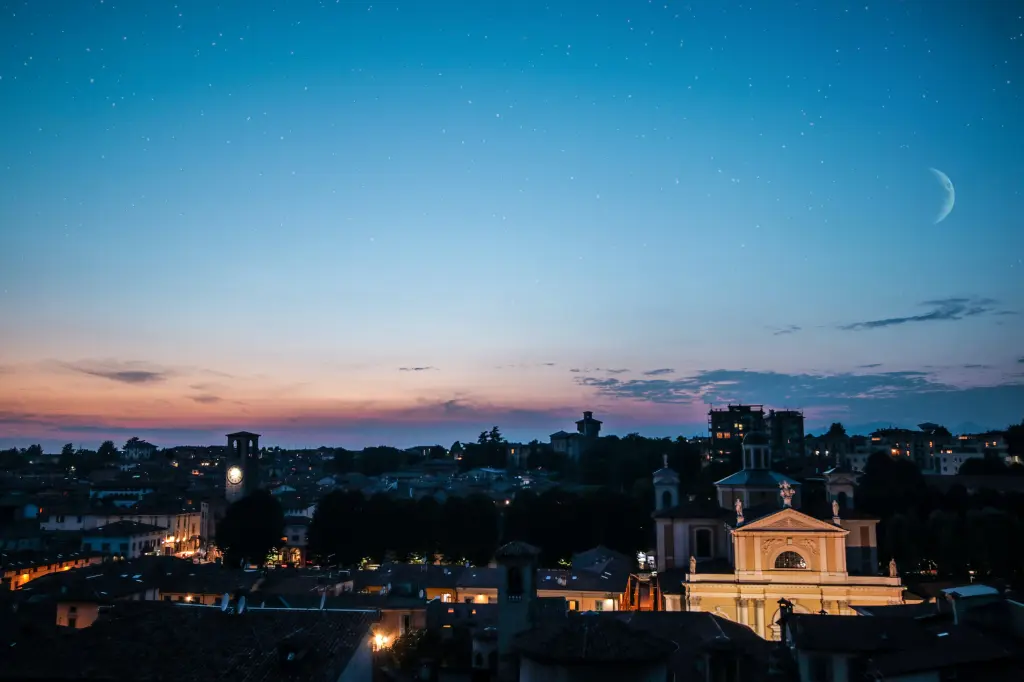Michael A. Arnold
Most people have thought about the future – these days it makes sense to fear it. Other than nuclear weapons, the major threat to our continued survival is climate change. This is another, metaphorical, bomb that could explode and make our planet uninhabitable.
The book The Uninhabitable Earth: A Story of the Future by David Wallace-Wells, published in the summer of 2019 by Tim Duggan Books (and has been also published by a number of other houses, including Penguin Publishing), is an exploration of all the issues and complications that will result from our rapidly changing environment. It explains in clear, well-written language all the reasons why Global Warming is such a pressing, all encompassing issue. Because of this, it is not very pleasant reading.
In the July 2017 issue of the New York Magazine, David Wallace-Wells published an article called ‘The Uninhabitable Earth’, which began with: ‘It is, I promise, worse than you think.’ That article grew into this book, which begins ‘It is worse, much worse, than you think.’ This change in wording is important, because between 2017 and 2019 more scientific data has been published about the effects of climate change, that it will be worse (much worse) than previously thought, while in the last two years the quality of the discussion around climate change has deteriorated.
There is more now known about climate change and what effects it will have than ever before, and the picture it paints is very bleak. In describing these effects, The Uninhabitable Earth is a rather terrifying indictment of what we are as a species doing to our home planet. The book takes us through a long series of topics and examples around how climate change can affect, alter, and eventually destroy earth’s habitability, but it always seems to keep coming back to the same points like a refrain, or a leitmotif. The global temperature of the planet cannot rise more than another three more degrees Celsius, if it does it might become too difficult to sustain a long-term human civilization. Also, since the effects of man-made climate change became known by the scientific community, the overall releasing of carbon into the earth’s atmosphere, which causes the planet to warm up, has not stopped. Instead, it has greatly increased.
It might be common sense to assume that if we could build a civilization as technically sophisticated as our own, we would be able to work together, and take better care of our planet. But as George Orwell wrote in a review of Bertrand Russell’s book Power, while it can often be assumed that common sense will win in the end, ‘the peculiar horror of the present moment is that we cannot be sure that this is so’. David Wallace-Wells would no doubt agree with this.
This is a book that feels thorough. The references section is crammed full to support the conclusions of the author, or extra information that would have broken the flow of the text otherwise. Despite a rather intimidating-looking references section, this book is deliberately written for the general public. It is a Popular Science book, and not something more academic, unlikely to be read by the ordinary person. This was the author’s goal: that it is read, and so help raise awareness of the dangers of continued climate change. As such, this book would have suffered with too much technical detail and theory. It is not a difficult read because of the language, it is difficult because of its message and conclusions.
Climate change is already starting to affect us, and the writer does do a lot to humanize stories behind natural disasters that, if not caused directly by climate change exacerbated by it. For example, one very memorable part of the book talks about two separate elderly couples whose homes were destroyed by wild fires in California. It describes how they had to protect themselves by hiding in their pools while all around their neighbors ran from their own homes on roads, and in shoes, that were melting because of the extreme heat. Another example is the estimation that, because of climate change, there could be as many as three billion climate refugees seeking colder climates within the next century, roughly the population of both the Americas combined.
There are also facts that both cannot, and should not, be in any way misinterpreted. At the current time, the amount of quality farmable soil is disappearing at the rate of several tons a day, and the deserts of the world (where complex life like plants and animals would find it difficult if not impossible to live) are steadily growing. There are other concerns over the increasing strength of hurricanes and tornadoes which climate change has a strong correlation with – according to every form of data available. But it is not that Global Warming directly causes more, stronger hurricanes – but it is facilitating them because of the warmer temperatures in our oceans. There are also major health risks, and they can be as troubling and surprising. Just to name a few examples from the book, this includes a dramatically increasing rate of Heat Death, increased violence and crime rates, and lower school test scores, all indirectly related to rising temperatures worldwide.
When faced with example after example, page after page, chapter after chapter, it can be tempting to think some disastrous future is in some way inevitable. It is also easy to feel, perhaps because it is probably right, that human beings are not doing enough to protect the environment. This book does suggest ways we could start to improve the situation, and take much better steps toward avoiding a catastrophe – but they might involve completely changing our cultural, political, and environmental attitudes and practices. That is a lot to ask; but we know what we need to do as a species and also what is at stake, and the more people aware of the dangers posed by climate change the better.
It is better to think of the bleaker parts of this book as a description of what unchecked climate change could do, rather than some kind of prophesy – even if at times it has a note of the sermon. There is mention of carbon filters that capture carbon from the atmosphere and trap it, but it also states that an average of 1.5 such machines would need to be made every day for the next 70 years for this to have a major impact on the amount of carbon in our atmosphere. Anything that this book actually proposes as a solution is wrapped in this language of alarm, and this was the author’s intention – to scare the reader, and emphasize the scale and importance of the problem. The American edition of this book, published by Tim Duggin Books, had the subtitle ‘Life After Warming’. This was changed in the British edition to, ‘A Story of the Future’, which is much better as subtitles go. It is a single possible story – not what will happen, as stated on page 11: ‘This is not a book about the science of global warming; it is about what warming means to the way we live on this planet’.
Recently, concerns over climate change have led to demonstrations around the world by groups like Extinction Rebellion, demanding more international action over our rapidly changing environment, and more investment in ways to tackle or try to reverse carbon emissions. Global Warming is something we simply cannot afford to ignore, and many more people are starting to take serious notice – if they are not already keenly aware of it. Hopefully, with the help of this book, more people will demand more action on climate change, so we can safeguard the habitability of our planet, and start working toward a better future for us. This planet is our only home, after all.
The Uninhabitable Earth is published at Penguin Random House, available now: https://www.penguinrandomhouse.com/books/586541/the-uninhabitable-earth-by-david-wallace-wells/
About the Author

Michael A. Arnold is a graduate of the University of Sunderland and Northumbria University. He is based in North East England, and has previously published essays and short fiction. His influences include George Orwell and Robert Frost.















Leave a Reply